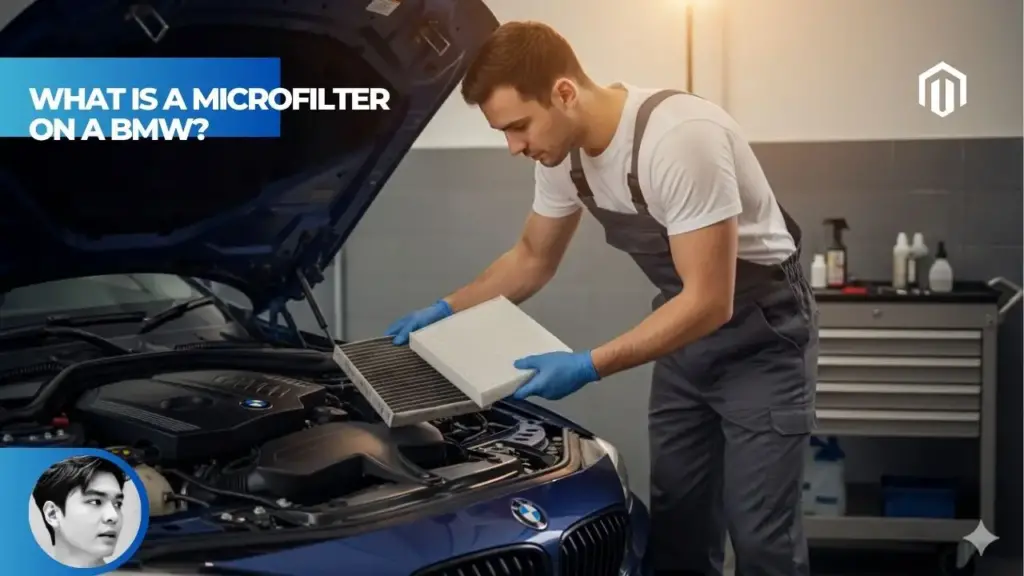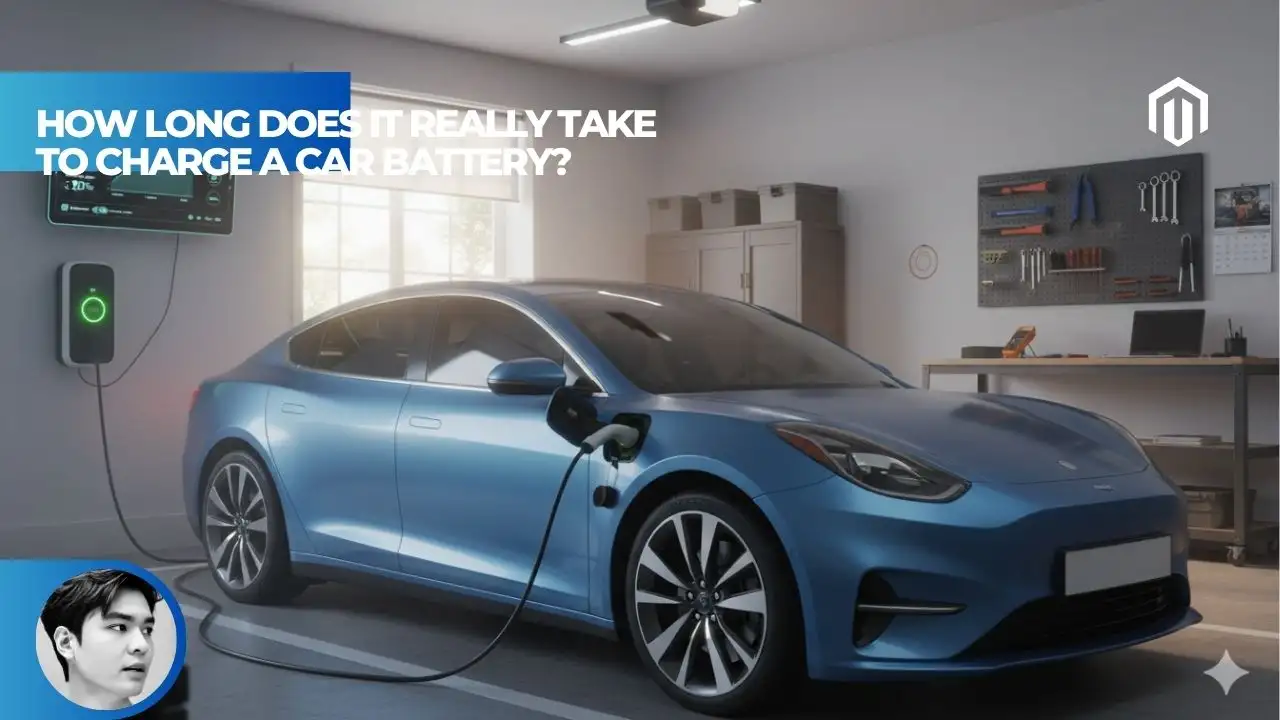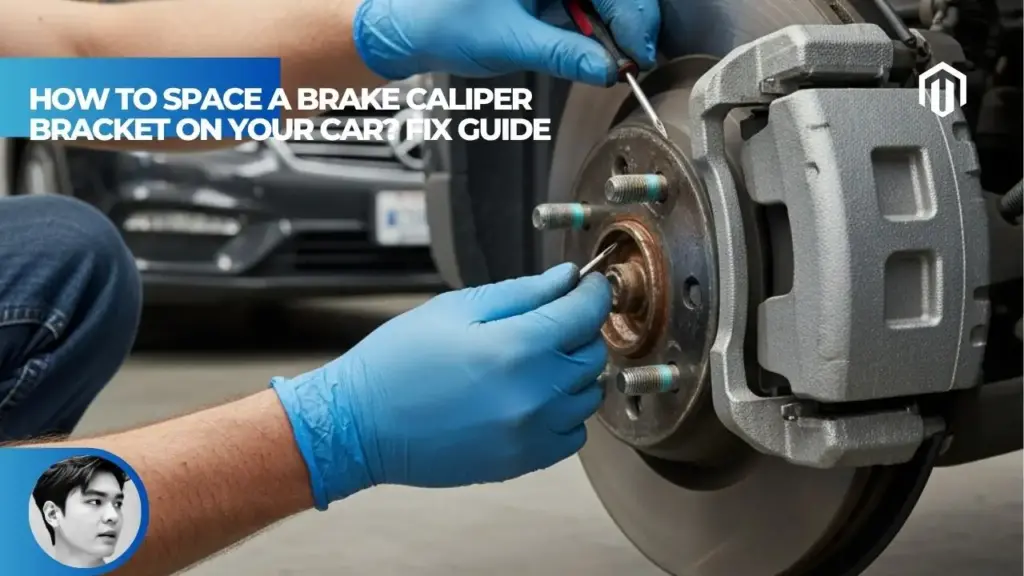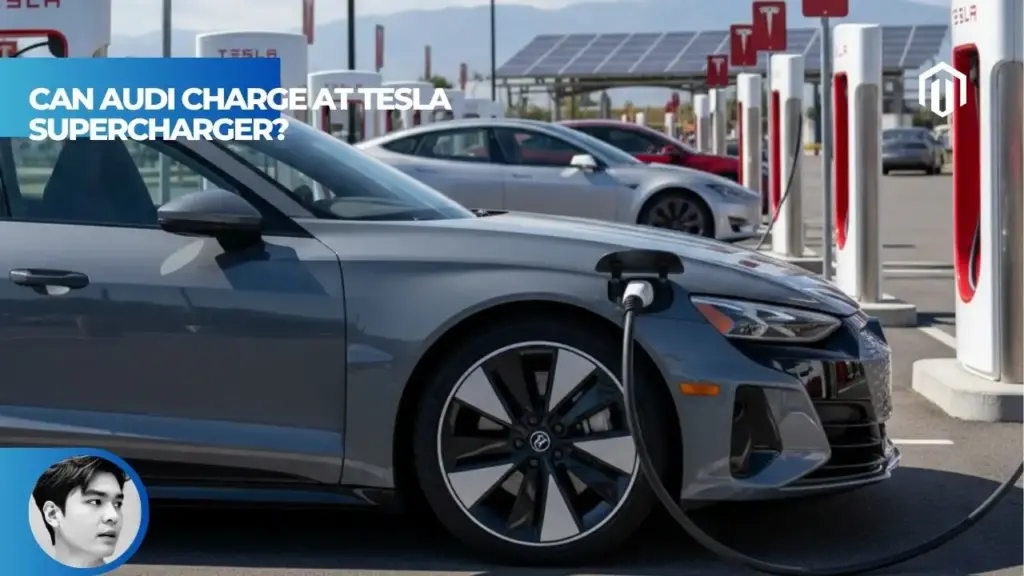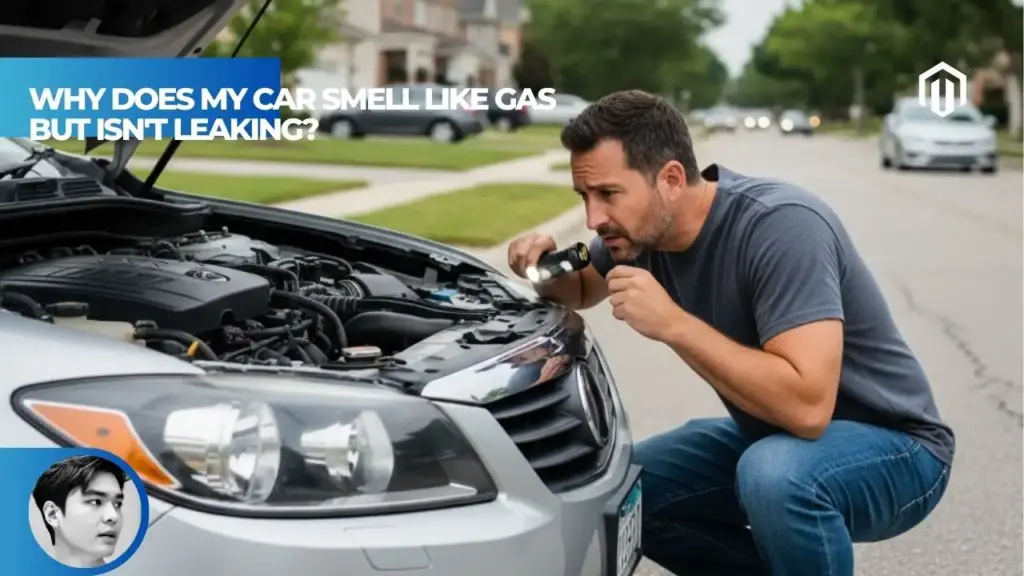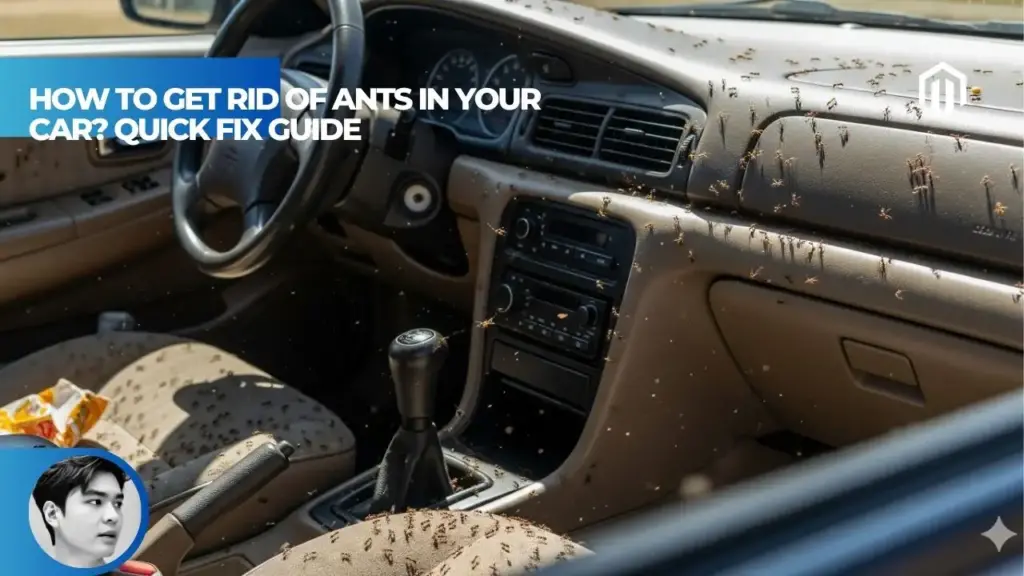You may also like:
- 【Explained】What Does an Air Filter Do in a Car? (Engine vs. Cabin Filter Explained)
- 【Explained】What Does a Car Air Filter Do? Your Guide to Engine Health
- 【Explained】What Did BMW Start Making Before Cars? (From Planes to Cars)
- 【Explained】What Mileage Do BMW Start to Break Down? High-Mileage Costs and Lifespan
- 【Explained】What Is More Reliable: BMW or Mercedes? (Repair Costs)
A BMW microfilter is the company’s specific term for the cabin air filter that cleans air entering the passenger compartment through the heating, ventilation, and air conditioning (HVAC) system, trapping dust, pollen, mold spores, and traffic fumes. This critical component is not the same as the engine air filter—the microfilter solely protects cabin air quality while the engine filter ensures clean air for combustion, and BMW’s Condition Based Service (CBS) system monitors when replacement is needed, typically every 15,000-20,000 miles.

What Is a Cabin Air Filter on a BMW – Understanding the Microfilter
The microfilter represents BMW’s commitment to cabin air quality, functioning as a sophisticated barrier between outside pollutants and the vehicle’s interior environment.
Is BMW Microfilter the Same as Cabin Air Filter
Yes, the BMW microfilter is identical to what other manufacturers call a cabin air filter or pollen filter[1]. BMW simply uses their own terminology for this component, similar to how they refer to turn signals as “indicators” or the hood as a “bonnet” in some markets. The microfilter designation emphasizes the component’s ability to trap microscopic particles as small as 0.3 microns.
This naming convention extends across all BMW models, from the entry-level 2025 BMW 2 Series to the flagship 7 Series. The term appears in service menus, owner’s manuals, and maintenance schedules consistently.
What Does a BMW Microfilter Do
The BMW microfilter performs multiple critical functions beyond simple dust filtration[1]. It creates a barrier that traps up to 80% of airborne particles including pollen, dust, diesel soot, and tire wear particles before they enter the cabin. This filtration process makes the air inside your BMW up to eight times cleaner than outside air in urban environments.
Beyond particle filtration, the microfilter protects sensitive HVAC components from debris accumulation. Without this filter, particles would coat the evaporator core and heater core, reducing efficiency and potentially causing expensive damage.
BMW Pollen Filter and HVAC Filter Functions
The pollen filter designation highlights the microfilter’s allergy-prevention capabilities during high pollen seasons[2]. BMW microfilters capture particles ranging from 10-100 microns, including ragweed pollen (17-19 microns), grass pollen (25-40 microns), and tree pollen (20-100 microns). This filtration significantly reduces allergic reactions for sensitive passengers.
The HVAC protection function prevents moisture accumulation on system components. A clean microfilter maintains proper airflow, reducing condensation that could lead to mold growth or component corrosion within the ventilation system.
Activated Charcoal Microfilter BMW Technology
Most genuine BMW microfilters incorporate activated charcoal layers for enhanced filtration[3]. This activated carbon technology absorbs harmful gases including carbon monoxide, nitrogen oxides, and sulfur dioxide from exhaust fumes. The charcoal layer also neutralizes unpleasant odors from outside sources like industrial areas or agricultural regions.
According to Autvex maintenance experts, activated charcoal filters cost approximately 20% more than standard particulate filters but provide significantly better air quality. The charcoal’s porous structure offers 500-1500 square meters of surface area per gram for molecular absorption.
BMW Microfilter vs Engine Air Filter – Critical Differences
Understanding the distinction between these two filter types prevents costly maintenance mistakes and ensures proper vehicle care.
Is Microfilter the Same as Air Filter
No, the microfilter and engine air filter serve completely different purposes in your BMW[4]. The microfilter cleans air for human occupants, while the engine air filter cleans air for the combustion process. Installing the wrong filter in either location would cause immediate problems—a microfilter cannot withstand engine vacuum pressures, and an engine filter lacks the fine filtration needed for cabin air quality.
This confusion often arises because both components filter air, but their construction, location, and replacement intervals differ significantly. Service advisors report this as one of the most common customer misunderstandings.
Engine Air Filter vs Cabin Air Filter
The fundamental differences between these filters include:
| Characteristic | Engine Air Filter | Cabin Air Filter (Microfilter) |
|---|---|---|
| Purpose | Protects engine from debris | Protects passengers from pollutants |
| Location | Engine bay airbox | Behind glovebox or under hood |
| Material | Paper or cotton gauze | Paper with activated charcoal |
| Replacement | Every 30,000-45,000 miles | Every 15,000-20,000 miles |
| Cost | $30-60 | $40-80 (genuine BMW) |
| CBS Monitoring | Yes | Yes |
BMW Intake Filter Comparison
The engine intake filter uses pleated paper or oiled cotton construction to trap particles while maintaining high airflow for combustion[4]. These filters must balance filtration efficiency with minimal restriction, as reduced airflow decreases engine performance and fuel economy. Performance variants like BMW X3 M models may use high-flow filters for enhanced breathing.
Microfilters prioritize filtration efficiency over flow rate since HVAC systems operate at lower pressures. The multi-layer construction can restrict airflow more aggressively without affecting vehicle performance.
Does a Microfilter Affect the Car’s Performance
A clogged microfilter does not affect engine performance but significantly impacts HVAC system operation[1]. Restricted airflow forces the blower motor to work harder, potentially shortening its lifespan and increasing electrical load. However, this doesn’t affect acceleration, fuel economy, or engine operation since the microfilter operates independently of engine systems.
Some drivers mistakenly believe replacing the microfilter will improve horsepower or fuel efficiency. These benefits only occur with engine air filter replacement, not cabin filter service.
Symptoms of a Bad BMW Microfilter
Recognizing microfilter failure symptoms enables timely replacement before HVAC damage occurs or air quality deteriorates significantly.
BMW AC Smells Musty
A musty or moldy odor from the vents indicates bacterial growth on a saturated microfilter[5]. Moisture trapped in a clogged filter creates ideal conditions for mold and mildew proliferation. This smell intensifies when first starting the AC system and may trigger respiratory irritation in sensitive individuals.
California’s humid coastal regions and areas experiencing marine layer fog see this issue more frequently. The combination of salt air and moisture accelerates filter degradation and biological growth.
Weak AC Airflow BMW
Reduced airflow even at maximum fan speed signals severe microfilter restriction[1]. Drivers report airflow decreasing by 50-70% with heavily clogged filters. This restriction forces the blower motor to work harder, potentially causing premature failure costing $400-600 to replace.
The restriction also reduces AC cooling efficiency since less air passes over the evaporator. Interior temperatures may struggle to reach comfortable levels during hot weather despite the AC system functioning normally.
What Happens If You Don’t Replace the Microfilter on a BMW
Neglecting microfilter replacement causes cascading problems throughout the HVAC system[5]. Initial symptoms include reduced airflow and odors, progressing to window fogging issues as humidity cannot be effectively removed. Long-term neglect allows debris to bypass the filter, coating the evaporator with contaminants that reduce cooling capacity and promote corrosion.
BMW technicians report seeing evaporators requiring $1,200-1,800 replacement due to contamination from failed microfilters. The accumulated debris creates acidic conditions that eat through aluminum evaporator fins.
Signs of Clogged BMW Cabin Filter
Additional indicators of microfilter problems include:
- Whistling sounds from dashboard vents during fan operation
- Excessive dust accumulating on interior surfaces despite closed windows
- Allergy symptoms worsening inside the vehicle
- Windows fogging more easily in humid conditions
- Increased fan noise as the motor strains against restriction
- Uneven air distribution between vents
These symptoms typically develop gradually, making regular inspection important for maintaining optimal cabin conditions.

BMW Microfilter Maintenance and Service
BMW’s innovative Condition Based Service system takes the guesswork out of microfilter maintenance scheduling.
BMW Replace Microfilter Service Light
The “Replace microfilter” notification appears on the iDrive display or instrument cluster when CBS determines replacement is needed[6]. This warning considers factors including mileage, time elapsed, and in some models, actual air quality sensor readings. The system typically triggers this alert every 15,000-20,000 miles or two years, whichever comes first.
Unlike simple mileage-based reminders, CBS adjusts intervals based on driving conditions. Vehicles operated in dusty environments or high-pollution areas may see earlier notifications.
BMW CBS Replace Microfilter System
BMW’s Condition Based Service represents intelligent maintenance scheduling that optimizes service intervals[6]. The CBS system monitors microfilter status alongside other maintenance items including engine oil, brake pads, and spark plugs. This comprehensive monitoring ensures all services align for minimal shop visits while maintaining optimal vehicle condition.
The system stores service history, allowing technicians to verify proper maintenance during warranty claims or pre-purchase inspections. CBS data transfers to BMW’s database during dealer visits, creating permanent maintenance records.
How Often to Change BMW Microfilter
BMW recommends microfilter replacement every 15,000-20,000 miles under normal conditions[1]. However, severe driving conditions warrant more frequent changes:
- Urban environments: Every 12,000-15,000 miles due to pollution
- Rural/dusty areas: Every 10,000-12,000 miles
- High pollen regions: Twice yearly during allergy seasons
- Wildfire-prone areas: After significant smoke exposure
According to Autvex service data, vehicles in Los Angeles or San Francisco Bay Area typically require more frequent replacement than those in cleaner air regions.
BMW Microfilter Service Interval
The service interval varies by model generation and market:
- 2010-2016 models: 30,000 miles (original specification, since revised)
- 2017-2020 models: 20,000 miles standard interval
- 2021+ models: 15,000-20,000 miles with CBS monitoring
- Electric models: 20,000 miles due to sealed cabin designs
BMW’s official position recommends following CBS indicators rather than fixed mileage intervals for optimal results.
How to Reset BMW Microfilter Warning
After replacement, the CBS reminder requires reset through the iDrive system:
- Turn ignition on without starting engine
- Navigate to “Vehicle Information” menu
- Select “Vehicle Status”
- Choose “Service Required”
- Select “Reset” for microfilter service
- Confirm reset when prompted
Some models allow reset through steering wheel buttons using specific sequences. Independent shops use diagnostic tools for CBS reset if iDrive access isn’t available.
BMW Microfilter Location and Installation
Microfilter placement varies significantly across BMW model ranges, affecting replacement difficulty and labor costs.
BMW Microfilter Location Guide
Most BMW vehicles position microfilters in two primary locations[7]. Behind the glovebox remains the most common placement, requiring glovebox removal for access. The second location places filters under the hood near the windshield base, accessed by removing plastic cowl covers.
Some models feature both locations with two separate filters—a coarse pre-filter under the hood and fine particulate filter behind the glovebox. This dual-filter design appears primarily in higher-end models and SUVs.
Where Is the Microfilter on a BMW 3 Series
The 3 Series microfilter location depends on generation:
- E90 (2006-2011): Behind glovebox, single filter
- F30 (2012-2019): Behind glovebox, single filter
- G20 (2019+): Behind glovebox, tool-free access panel
Access requires dropping the glovebox by releasing side clips and disconnecting the dampener. The newer 5 Series uses similar placement for consistency across sedan platforms.
Where Is the Microfilter on a BMW X5
BMW X5 SUVs employ dual microfilter systems in most generations[7]:
- E70 (2007-2013): Two filters behind glovebox
- F15 (2014-2018): Two filters behind glovebox
- G05 (2019+): Two filters, enhanced activated charcoal
The dual-filter design provides superior filtration for the larger cabin volume. Each filter measures approximately 11 x 8 inches, requiring careful alignment during installation.
Does My BMW Have Two Microfilters
Determining filter quantity requires checking specific model documentation:
| Model Series | Single Filter | Dual Filter |
|---|---|---|
| 1 Series | Yes | No |
| 2 Series | Yes | No |
| 3 Series | Yes | No |
| 4 Series | Yes | No |
| 5 Series | Some | Some (depends on year) |
| 6 Series | No | Yes |
| 7 Series | No | Yes |
| X3 | Yes | No |
| X5 | No | Yes |
| X6 | No | Yes |
| X7 | No | Yes |
BMW Microfilter Housing Access
The microfilter housing design affects replacement difficulty and time required[7]. Newer models feature tool-free access panels with quarter-turn fasteners, reducing replacement time to 10-15 minutes. Older designs require screwdriver or socket wrench for multiple fasteners, extending service time to 30-45 minutes.
Water intrusion remains a common housing issue, particularly in convertibles. Damaged seals allow water to saturate filters prematurely, requiring housing repair alongside filter replacement.
BMW Microfilter Replacement Process and Cost
Understanding replacement procedures and costs helps owners make informed decisions about DIY versus professional service.
How to Change BMW Microfilter
The basic replacement procedure follows these steps:
- Locate the filter housing (typically behind glovebox)
- Remove access panel screws or clips
- Note filter orientation before removal (arrow indicates airflow)
- Extract old filter carefully to avoid debris spillage
- Clean housing with vacuum if debris present
- Install new filter matching airflow direction
- Reassemble components in reverse order
- Reset CBS indicator through iDrive
Total time ranges from 15-45 minutes depending on model and experience level.
DIY BMW Microfilter Replacement
DIY replacement offers significant cost savings for mechanically inclined owners[8]. Required tools typically include:
- Phillips or Torx screwdrivers
- Flashlight for visibility
- Vacuum for cleanup
- Nitrile gloves for cleanliness
- New filter(s)
YouTube tutorials provide model-specific guidance, with channels like “BMW Doctor” and “50s Kid” offering detailed walkthroughs. The importance of proper filter installation cannot be overstated for maintaining air quality.
BMW Microfilter Replacement Cost
Professional replacement costs vary by location and service provider:
- BMW Dealership: $180-250 including parts and labor
- Independent BMW specialist: $120-180
- General repair shop: $80-150
- DIY parts cost: $40-80 for genuine BMW filters
Labor typically accounts for 0.5-1.0 hours at prevailing shop rates of $100-175 per hour.
BMW Cabin Air Filter Price
Filter pricing depends on brand and features:
- Genuine BMW: $40-80 per filter
- Mann Filter (OEM supplier): $25-45
- Mahle: $20-40
- Bosch: $25-35
- Fram: $15-25 (budget option)
Activated charcoal versions cost 20-30% more than standard particulate filters across all brands.
OEM BMW Microfilter vs Aftermarket Options
OEM filters guarantee proper fit and filtration meeting BMW specifications[8]. Genuine parts use the same suppliers (Mann, Mahle) that provide original equipment but carry BMW packaging and part numbers. These filters include precise pleating patterns and seal designs ensuring optimal performance.
Quality aftermarket options from established brands like Mann and Mahle offer identical performance at lower prices. However, budget brands may use inferior filter media or incorrect dimensions causing fitment issues or reduced filtration efficiency.
Mann Filter BMW Cabin and Mahle Microfilter BMW
Mann and Mahle represent BMW’s primary OEM suppliers for microfilters[8]. Mann’s CUK series filters feature combined particulate and activated carbon layers with anti-bacterial treatment. Their filters typically last the full service interval without degradation.
Mahle’s LAK series provides similar quality with slightly different carbon formulations. Both manufacturers offer standard and activated carbon variants matching BMW specifications exactly. Purchasing these brands directly saves 30-40% versus BMW-packaged identical filters.
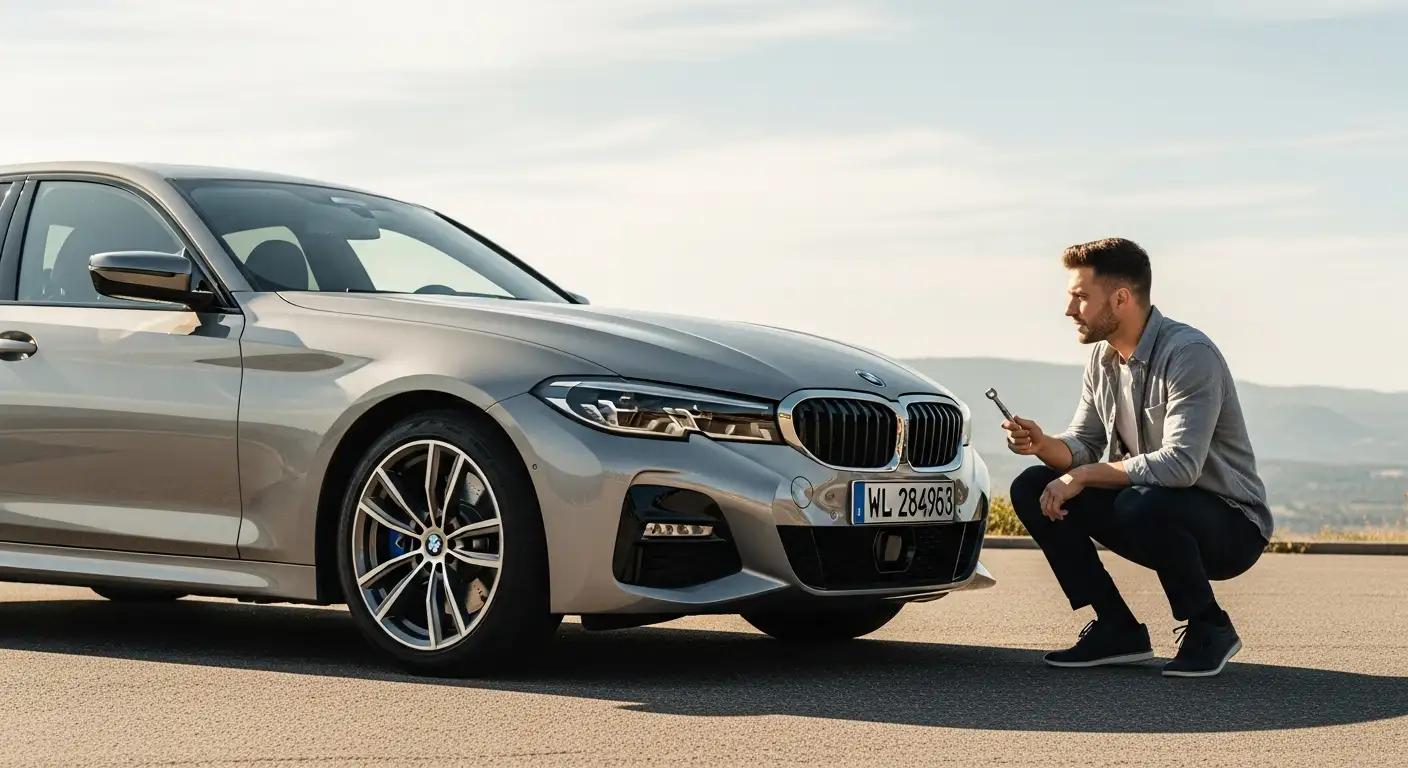
Key Takeaway
A BMW microfilter is the cabin air filter that cleans air entering the passenger compartment through the HVAC system, trapping pollen, dust, and odors—it is not the engine air filter. BMW recommends replacement every 15,000-20,000 miles or when the CBS system displays a “replace microfilter” warning.
Key Takeaways:
- Microfilter equals cabin air filter in BMW terminology
- Replace every 15,000-20,000 miles per CBS monitoring
- Activated charcoal versions neutralize odors and gases
- Located behind glovebox or under hood cowl
- DIY replacement saves $100-150 versus dealer service
- Clogged filters cause musty smells and weak airflow
- Quality aftermarket filters match OEM performance
Next Steps
Check your BMW’s service records to determine when the microfilter was last replaced—if unknown, inspect the current filter condition by accessing the housing. If experiencing musty odors or reduced airflow, schedule immediate replacement regardless of mileage. Consider purchasing quality aftermarket filters like Mann or Mahle for cost savings while maintaining OEM quality.
For DIY replacement, watch model-specific YouTube tutorials before starting and ensure you have the correct filter part number from your VIN. Reset the CBS indicator after installation to maintain accurate service records. Schedule replacement before summer or winter seasons when HVAC usage peaks, and consider more frequent changes if you regularly drive in dusty conditions or high-pollution areas.
Monitor your vehicle’s overall maintenance needs to combine microfilter replacement with other services, minimizing shop visits and potentially negotiating package pricing for multiple services.
Frequently Asked Questions
What is a microfilter on a BMW?
It’s BMW’s term for the cabin air filter that cleans air entering the passenger compartment through the HVAC system, trapping dust, pollen, and odors.
Is a microfilter the same as a cabin air filter?
Yes, BMW uses “microfilter” as their specific term for what other manufacturers call a cabin air filter or pollen filter.
What does the BMW microfilter do?
It filters dust, pollen, mold spores, and exhaust fumes from air entering the cabin, while activated charcoal versions also neutralize odors.
Is a microfilter the same as an engine air filter?
No, the microfilter cleans cabin air for passengers while the engine air filter cleans air for combustion in the engine.
What does the “replace microfilter” warning mean on my BMW?
Your BMW’s Condition Based Service system has determined the cabin air filter needs replacement based on time or usage.
How often do you need to replace a BMW microfilter?
BMW recommends replacement every 15,000-20,000 miles or with every oil service, more frequently in dusty conditions.
What happens if you don’t replace the microfilter on a BMW?
Reduced airflow, musty odors, poor window demisting, increased interior dust, and potential damage to HVAC components.
How much does it cost to replace a BMW microfilter?
DIY costs $20-60 for the filter; dealer service ranges $100-200 including labor.
Can I replace the BMW microfilter myself?
Yes, most models allow DIY replacement with basic tools, typically accessing through the glovebox or hood cowl.
Where is the microfilter located on a BMW?
Location varies by model: commonly behind the glovebox or under the hood cowl on passenger side.
Why does my BMW AC smell bad?
A clogged microfilter harbors bacteria and mold, causing musty odors from the vents.
Does a microfilter affect the car’s performance?
No, it doesn’t affect engine performance but impacts HVAC efficiency and cabin air quality.
What is an activated charcoal microfilter?
A premium filter with an activated carbon layer that neutralizes odors and harmful gases like carbon monoxide.
References
- BMW Concord. (2024). BMW Microfilter Replacement Service Guide. https://www.bmwconcord.com
- BMW X5 Forum. (2022). Particulate and Charcoal Filter Installation Guide. G05 Bimmerpost Technical Resources.
- Mann Filter. (2025). CUK 8430 Cabin Air Filter Specifications. https://www.mann-filter.com
- Brock Automotive. (2025). BMW Air Filter Replacement Intervals. https://brockautomotive.com
- XBimmers BMW X3 Forum. (2022). Air Filter vs Cabin Filter vs Microfilter Discussion. BMW Technical Community.
- Bosch Service Brisbane. (2023). Understanding BMW’s Condition Based Servicing System. https://www.boschservicebrisbane.com.au
- BimmerWorld. (2024). BMW Microfilter Cabin Air Filter Product Guide. https://www.bimmerworld.com
- Driven SD. (2015). Microfilter Replacement on BMW Vehicles. https://www.drivensd.com

I am a senior automotive analyst at Autvex. Expert vehicle evaluations, in-depth reviews, and objective analysis helping readers make informed automotive decisions with years of industry experience.

